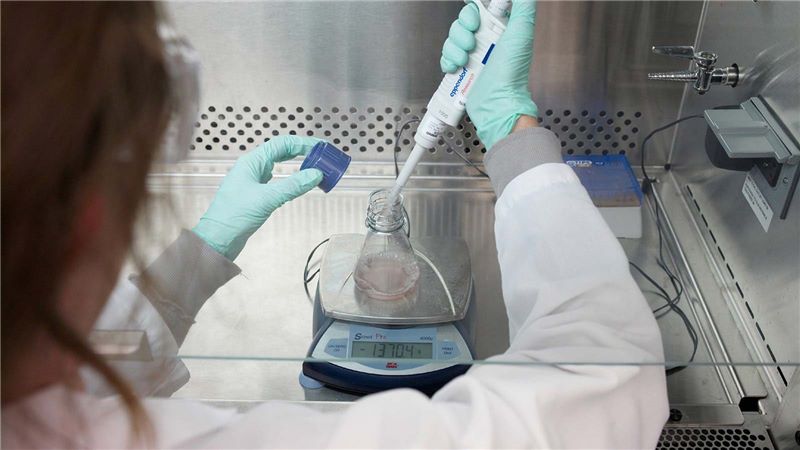Supporting sustainable pharma with a cohesive management approach
Has there ever been a time of greater change in pharma and life sciences? Any one of the shifts currently taking place in the industry could be seen as a profound change. A host of new treatment modalities like cell, gene, mRNA, and radioligand therapies are gaining popularity alongside innovations in dispensing methods, development protocols, manufacturing processes, distribution channels, and even business models. Meanwhile, government policies, capital markets, and industry consolidation are also in a heightened state of flux.
With so much change, efforts to progress sustainability present both challenges and opportunities for the sector. Working with pharma majors, we understand how important it is to get the balance right; there are no easy fixes. The science of delivering the best medicines to market comes first. So companies must carefully weigh any and every operational modification against the exacting requirements governing the development, production and distribution processes for their products to ensure they maintain both compliance and supply chain stability amidst growing demand.
It is a precarious balance requiring detailed, site-by-site analytics, as well as a deep understanding of the respective operations, market requirements, and environs of each facility.
A portfolio-level view for localized optimizations
Every location must be considered against a varied patchwork of local, state, national and international requirements. Environmental conditions; energy and power generation capacity; renewable resources; air quality and emissions standards; water, wastewater, and waste management requirements all come into play. Additionally, commercial stipulations are evolving by varying degrees and in diverging ways across regions, such as the Medicare price negotiation provision in the US, and the inclusion of sustainability procurement criteria for hospitals purchasing medical and pharmaceutical supplies in Europe.
Knowing that existing and new facilities come with unique, location-specific conditions that vary widely from one site to the next, we’ve found that a portfolio management approach works best to optimize the balance and outcomes. Management within the portfolio context enables pharma operators to identify “pain points” and consider trade-offs across their property portfolios and supply chains to effectively implement changes and pre-empt risks, particularly to minimize disruptions, optimize improvements, and maintain compliance in each facility.
A portfolio management team can assess local site parameters in view of the broader asset mix to determine the most viable paths for long-term sustainability in balance with growth requirements. For example, in one location, the best path might include focusing on energy demand reduction, while for another location the optimal strategy could be to combine purchased renewable power with upgrades to more efficient equipment when existing systems approach their service limits.
Premium tools and learned expertise
At Mace, we’ve developed a variety of tools through decades of experience in sustainable portfolio management, including predictive digital modelling, machine learning and controls. But smart technologies must also be combined with human training and behavior modification to successfully drive sustainability improvements while ensuring quality, safety, and continuity of operations.
The key is to meet companies wherever they are on the journey to sustainable pharma. It starts with building an in-depth understanding of the people, assets, and market factors affecting their operations, site-by-site and facility-by-facility. Since the devil is in the details, it’s important to ensure transparency throughout, so everyone has the same information to work from the same page.
The soft side of management also has a pivotal role to play in promoting cooperation, trust, and collaboration between teams and departments. We integrate our experts within the organizations we’re serving, so we can leverage our collective efforts when framing facility development and improvement strategies with other dynamics like workforce and resource requirements, operating costs, regulatory trends, and technological developments. This ensures that plans to improve energy efficiency, carbon reduction, conservation, and circularity are appropriately vetted and agreed upon for successful execution.
Holistic Management
By combining human ingenuity, local factors, and digital intelligence in the broader context of the company’s portfolio, we’re able to build holistic management plans to optimize outcomes for sustainable pharma with a 360-degree view of development, production, and supply chain operations in balance with critical regulatory requirements. It’s an approach that establishes a management discipline guided by the right measures and insights to inform the best options for capital allocations and sustainable development, ensuring effective delivery of a new generation of life-saving treatments.












